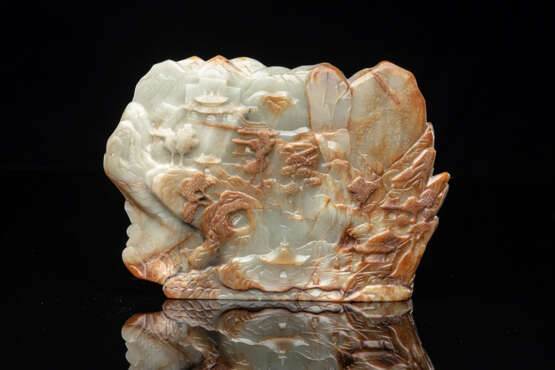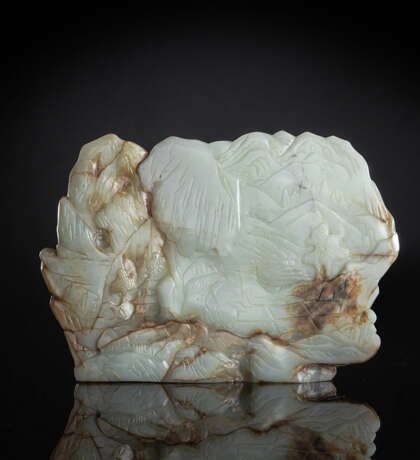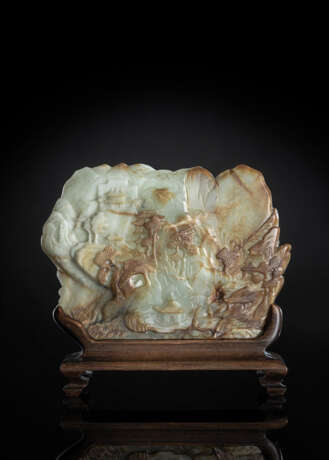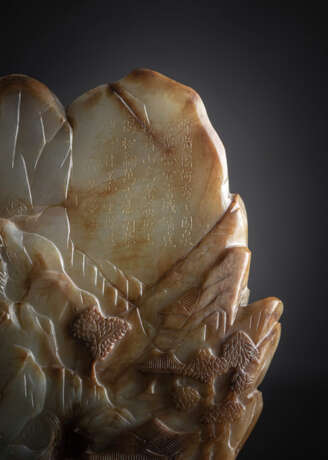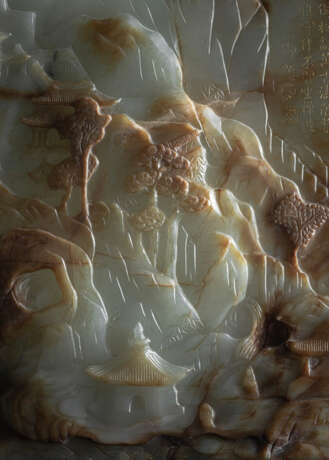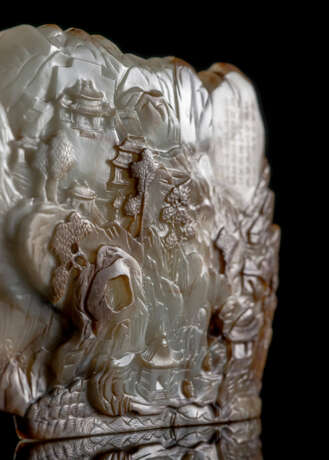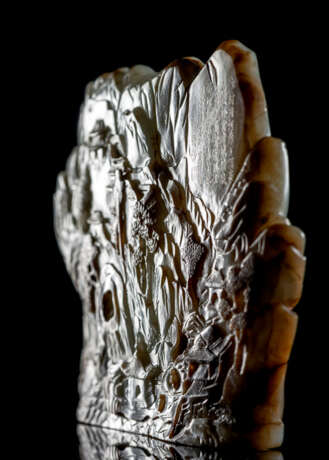ID 875653
Lot 449 | Feiner Felsen aus Jade mit Qianlong-Gedicht und Landschaftsdarstellung
Valeur estimée
€ 20 000 – 30 000
China, 18. Jh.
16 x 23 x 1,5/2,5 cm
| Catégorie maison de vente aux enchères: | Art asiatique |
|---|
| Catégorie maison de vente aux enchères: | Art asiatique |
|---|
| Adresse de l'enchère |
Nagel Auktionen GmbH Neckarstrasse 189 - 191 70190 Stuttgart Allemagne | ||||||||||||||
|---|---|---|---|---|---|---|---|---|---|---|---|---|---|---|---|
| Aperçu |
| ||||||||||||||
| Téléphone | +49 (0)711 649 690 | ||||||||||||||
| Fax | +49 (0)711 649 69696 | ||||||||||||||
| Commission | 29,5% | ||||||||||||||
| Conditions d'utilisation | Conditions d'utilisation | ||||||||||||||
| Heures d'ouverture | Heures d'ouverture
|
